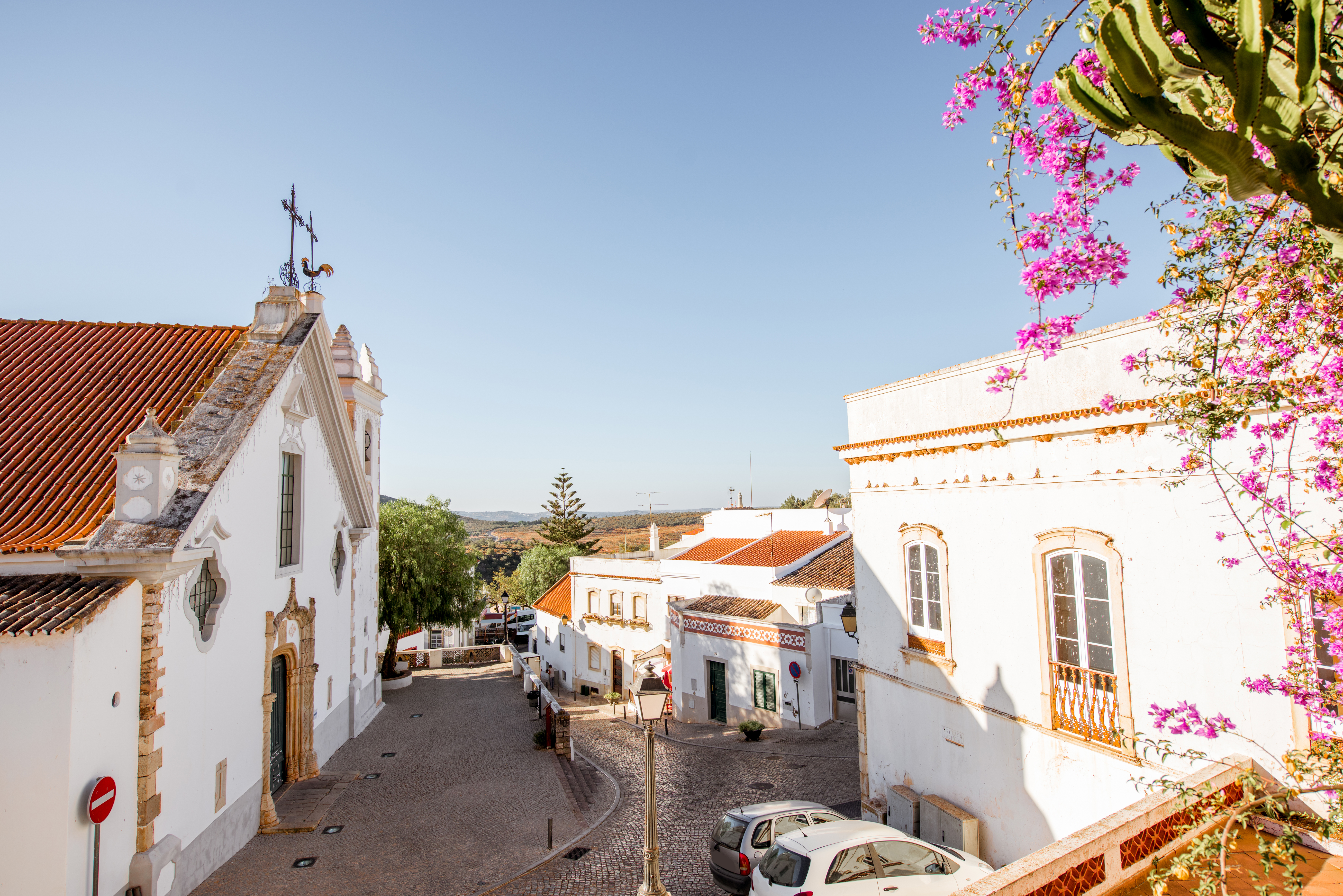How to Calculate Yield for Holiday Properties in Portugal
Renting a holiday property in a popular destination like Portugal can be an effective way to bring in some extra income. But before you go ahead and make an investment, it’s essential to calculate the yield you can expect accurately. We’ll outline how to do precisely that.
What are gross yield and net yield?
Gross rental yield shows the percentage of a property’s total purchase price is brought in through annual income. You can calculate it by multiplying the yearly rent income by 100, then dividing this number by the price you bought the property for.
Example: Rental Yield = (Net Rental Income / Real Estate Value) x 100
Meanwhile, net rental yield subtracts costs involved in maintaining a property, including the acquisition and maintenance. To calculate this figure, simply work out the annual rent income minus operating expenses. Then, multiply the number by 100 again and divide it by investment costs (the purchase price plus acquisition costs). Like this, you get a more meaningful figure.
What costs are involved with having a holiday property?
Depending on where it is, there’s huge variation in how much it costs to purchase a holiday property. Yet, since these properties also tend to be more profitable to rent, things partly even out. You’ll need to calculate the yield in each case to determine if a potential investment is worthwhile.
Then there are the costs to consider, some of which you’ll incur even if the property is vacant. These include:
• Notarial purchase agreement
• Land register entry
• Electricity, gas, and water
• Telephone and internet
• Cleaning
• Property management
• Garden maintenance
• Development
• Brokerage
• Property transfer
• Financing Road construction
• Furnishing
• Insurance
• Depreciation
• Garden redevelopment
• Reserves
Although these factors remain the same for most properties, there will also be some variation. For instance, a higher occupancy rate means more wear and tear, while older properties require more maintenance.
Calculating a more complex yield
If you want to look at an even more meaningful yield calculator, you can also account for the property’s vacancy rate. Certain regions have different occupancy rates, or they’re occupied at other times of the year; for instance, most properties get most of their bookings during summer, but those in surf regions are popular all year round. Having a low occupancy rate can hurt your net yield.
You should also consider tax incentives — the owner-occupancy rate can affect tax rebates if you’re below the required minimum occupancy rate in the area.
What to consider when purchasing a holiday property
The net yield should be one of the principal factors you consider before purchasing a holiday property for rental purposes. View prime locations where occupancy rates tend to be high for the best chance of a good result. Coastal properties are more expensive to purchase, but they’ll usually bring in more rental income than those more peripheral. However, you can earn significant returns on properties in peripheral locations as long as they’re in good condition and well marketed.
You also need to make sure that you’re aiming for the right target audience — families like properties close to playgrounds and tourist attractions, while couples may prefer quieter locations, and senior citizens may require specific furniture or amenities.
Then there are the legal aspects to consider, such as whether you can use the property for any purpose and if it can be used as a retirement domicile.
If you’d like help finding the right holiday property in Portugal, contact us to find out more.
